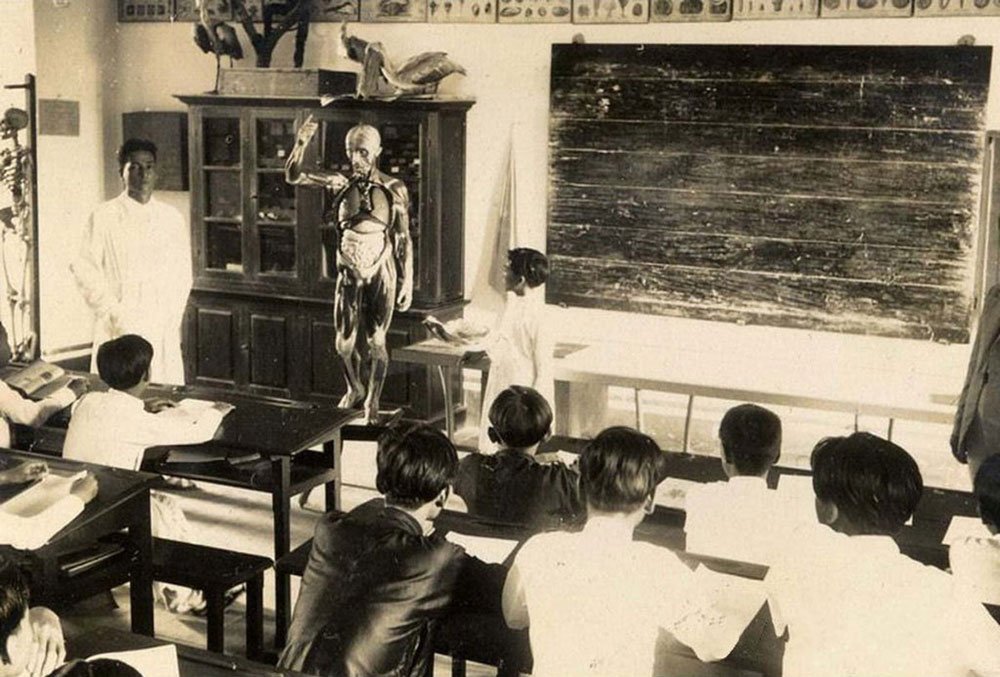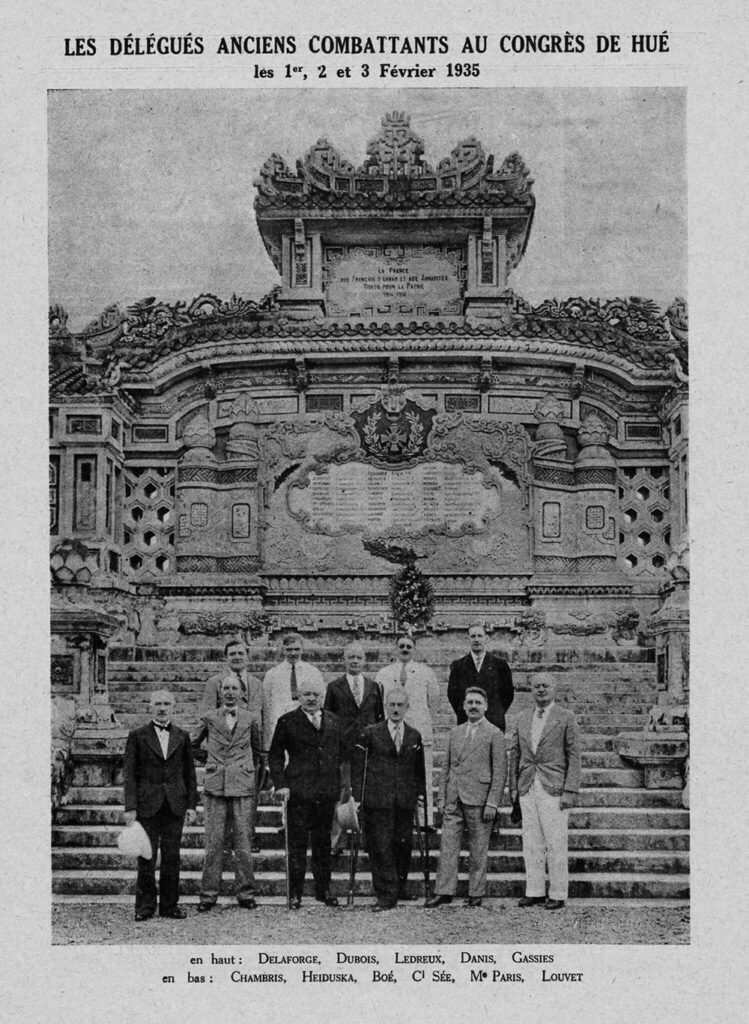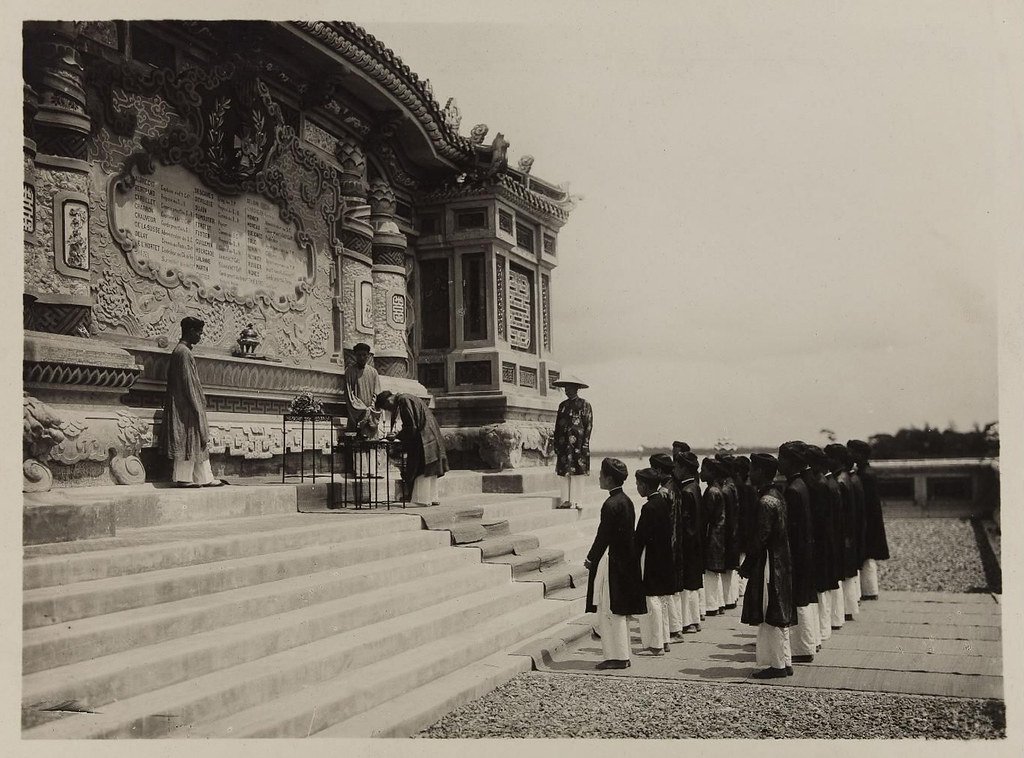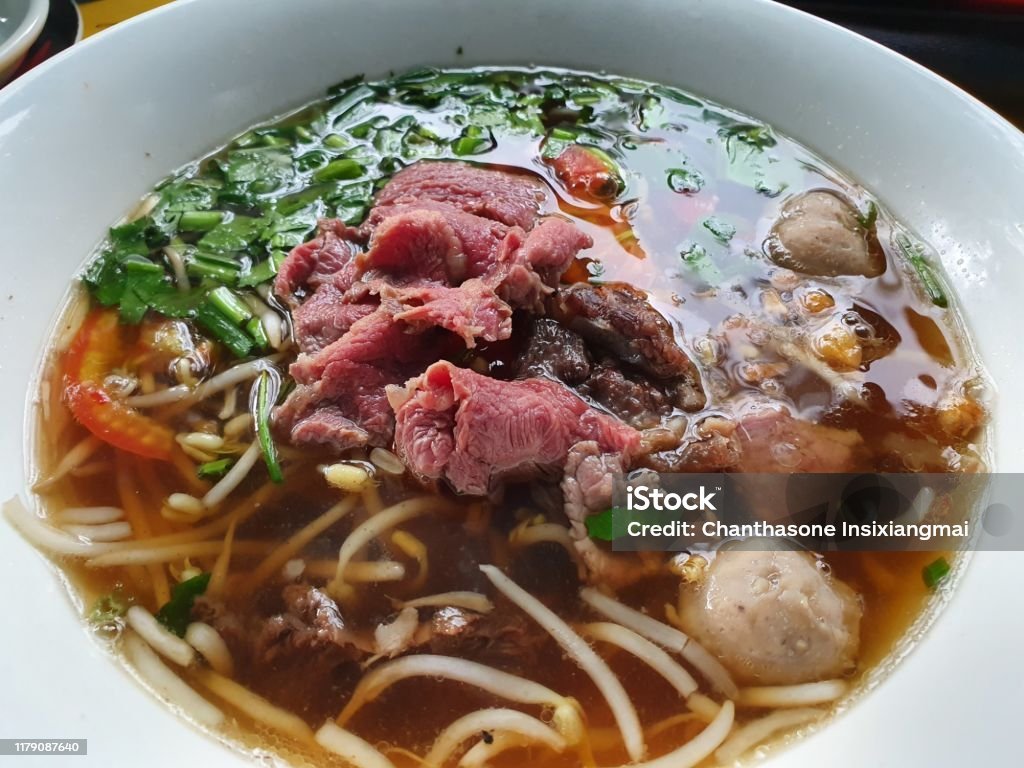
Quốc Học Huế, one of the most prominent and prestigious schools in Vietnam, has a long and rich history spanning over a century. Established in 1896 under the reign of King Thanh Thai, this school has played an essential role in the educational development of Vietnam, especially in the context of French colonial rule. Over the years, Quốc Học Huế has undergone numerous changes, both in its curriculum and structure, reflecting the political, cultural, and educational transformations in Vietnam. Today, it is remembered not only for its academic achievements but also for its contribution to modernizing Vietnamese education during a tumultuous period of history.
This article aims to provide an in-depth look at the history of Quốc Học Huế, examining its founding, its evolution through various historical periods, and the influence it had on the education system of Vietnam.

The Founding of Quốc Học Huế (1896)
Quốc Học Huế was established by royal decree from King Thanh Thai in 1896, with the intention of offering a new type of education that combined both Western and Eastern learning traditions. The need for such a school arose in response to the changing political landscape in Vietnam under French colonial rule. At the time, the French government controlled the region, and the Vietnamese court recognized the importance of having officials proficient in the French language and Western knowledge to interact with the colonial rulers and adapt to the changing world.
Initially, the school was called École Primaire Supérieure (Primary College), and it was designed to serve as a higher-level institution that would teach both the Vietnamese language and French. The school’s first headmaster, Ngô Đình Khả, who was also the father of later Vietnamese president Ngô Đình Diệm, was appointed to lead the new educational institution. His role as headmaster was crucial in ensuring the smooth transition of the school from a French institution to one that would eventually serve the interests of Vietnamese students and the nation.
The French colonial administration, seeing the necessity of teaching French to Vietnamese students, signed a decree on November 18, 1896, which officially established the school. The curriculum, however, still included Chinese classics, reflecting the continuing importance of traditional Chinese education at the time.

The Evolution of the School’s Name and Structure
Over the years, Quốc Học Huế underwent several changes in its name and structure, as it adapted to the changing educational needs of Vietnam and the colonial policies of the French.
1. From École Primaire Supérieure to Quốc Học (1896-1936)
When the school was first founded, it was officially called École Primaire Supérieure, or Primary College. However, the school was more commonly known as Quốc Học, which means “National Learning.” The name Quốc Học reflected the intention behind the school’s establishment – to provide a modern education that would combine both Western knowledge and Vietnamese traditions.
During this period, the curriculum was heavily focused on teaching the French language and Western sciences alongside Chinese classics. The school’s building was designed in the French architectural style and located on the grounds of the old Navy Ministry. It was equipped with classrooms and administrative offices, and by 1898, additional buildings were constructed to accommodate more students.
2. Lycée Khải Định (1936-1955)
In 1936, the school underwent another major transformation. With the increasing influence of the French in the region and a growing desire to modernize the educational system, the school expanded to offer classes up to grade 12, the highest level of secondary education at the time. It was renamed Lycée Khải Định, after the reigning Emperor Khải Định, who was the head of the Vietnamese monarchy under French rule.
During this period, the curriculum was expanded to include not only French and Vietnamese language instruction but also mathematics, sciences, history, and Western philosophy. The school became a critical center for education in Central Vietnam, serving as a hub for the development of the Vietnamese elite.
3. Trường Trung học Ngô Đình Diệm (1955-1956)
In the post-colonial period, particularly under the First Republic of Vietnam, the name of the school was changed once again to Trường Trung học Ngô Đình Diệm in honor of President Ngô Đình Diệm, who came to power in 1955. This name change reflected the nationalist sentiment of the time and the desire to break away from the colonial past.
However, the school did not retain this name for long. In 1956, the school reverted to its original name, Quốc Học, to celebrate its 60th anniversary. This name would be used until the present day.




The Educational Mission of Quốc Học Huế
Quốc Học Huế has always been at the forefront of educational reform in Vietnam. From its inception, the school aimed to bridge the gap between traditional Vietnamese education, based on Confucianism and Chinese classics, and the new Western education introduced by the French. The decree of King Thanh Thai, issued in 1896, clearly stated that the school would teach both French and Chinese to ensure that students could engage with both Western and Eastern cultures.
The curriculum at Quốc Học Huế was designed to provide students with the knowledge and skills necessary to serve as effective administrators, diplomats, and scholars in the modern world. French was taught as the primary foreign language, alongside Vietnamese and Chinese, as the school aimed to produce a generation of students who could speak the language of the colonial rulers and also preserve their own cultural heritage.
The importance of Western education was emphasized in King Thanh Thai’s decree of October 23, 1896, which called for the study of Western subjects like science and philosophy. He stated that education was the only way to open the minds of the people, train capable talents, and develop solutions to political and administrative problems.



Quốc Học Huế’s Role in Modern Vietnamese Education
Quốc Học Huế played a significant role in the development of modern Vietnamese education. It was the first secondary school in Vietnam to offer a curriculum that included both traditional and modern subjects. The school’s emphasis on learning the French language and Western sciences provided students with the skills necessary to navigate the changing political landscape under French colonial rule.
Moreover, the school’s graduates went on to play important roles in Vietnam’s struggle for independence. Many of them became influential politicians, intellectuals, and leaders in the Vietnamese nationalist movement. Some notable graduates of Quốc Học Huế include Phan Châu Trinh, a famous nationalist and reformist, and Nguyễn Viết Song, a scholar who contributed to the modernization of Vietnam.
During the French colonial period, Quốc Học Huế served as a model for other schools in Central Vietnam, promoting the idea of combining traditional and Western knowledge. The school’s French-style curriculum, its emphasis on modern subjects, and its commitment to developing intellectuals contributed to the growth of the Vietnamese educational system during a time of colonial oppression.
Academic Prestige
Today, Quốc Học Huế is renowned for its rigorous academic programs, particularly in the natural sciences and humanities. The school continues to emphasize bilingual education, with a curriculum that includes both Vietnamese and foreign languages, particularly English and French. Its students frequently achieve top scores in national exams and win numerous awards in international academic competitions. Many alumni have gone on to become influential figures in various fields, including politics, education, literature, and the sciences.
The school’s commitment to excellence is reflected in its specialized programs for gifted students. These programs focus on nurturing talent in subjects such as mathematics, physics, chemistry, literature, and English, enabling students to compete at national and international levels. Quốc Học Huế is often regarded as a training ground for Vietnam’s future leaders, scholars, and innovators.
Cultural and Historical Preservation
Quốc Học Huế takes pride in preserving its historical identity. The school maintains its original French-style architecture, which is now a cultural and tourist landmark in Huế. The iconic red buildings, surrounded by lush greenery and the poetic Perfume River, create a serene yet inspiring environment for learning.
The school also preserves many artifacts and documents that highlight its historical significance. A memorial house on campus serves as a small museum, displaying photographs, artifacts, and plaques that commemorate the school’s illustrious history and the achievements of its students and faculty. This space is not only a tribute to the past but also a source of inspiration for current students.
Extracurricular Excellence
Beyond academics, Quốc Học Huế places a strong emphasis on extracurricular activities, offering students opportunities to excel in sports, arts, and cultural pursuits. The school’s debate and public speaking clubs, music and dance teams, and science research groups provide platforms for students to explore their interests and develop their talents.
The school also organizes events to celebrate Vietnamese traditions and cultural heritage. Activities such as Ao Dai festivals, traditional music performances, and poetry readings are integral parts of the school’s calendar. These events reinforce the students’ connection to their cultural roots while fostering a sense of community and pride.
Modern Infrastructure and Technology
While preserving its historical charm, Quốc Học Huế has embraced modernity. The school has invested in state-of-the-art facilities, including computer labs, science laboratories, and a well-equipped library. These resources support a modern curriculum and ensure that students are prepared to meet the demands of the 21st century.
The integration of technology into the classroom is a priority at Quốc Học Huế. Digital learning tools, online resources, and smart classrooms are increasingly becoming part of the educational experience. These advancements enable students to access a wealth of knowledge and collaborate with peers and educators in innovative ways.
Alumni Contributions and Influence
Quốc Học Huế’s alumni network is one of its most significant assets. Over the years, the school has produced many prominent figures, including revolutionary leaders, intellectuals, and cultural icons. Notable alumni include former President Hồ Chí Minh (then Nguyễn Tất Thành), General Võ Nguyên Giáp, and Prime Minister Phạm Văn Đồng, among others. These figures have left an indelible mark on Vietnam’s history and continue to inspire generations of students.
The alumni community remains deeply connected to the school, often participating in mentorship programs, funding scholarships, and supporting infrastructure development. Their contributions ensure that Quốc Học Huế continues to thrive as an institution of learning and inspiration.
Quốc Học as a Tourist Attraction
In addition to its educational role, Quốc Học Huế has become a popular destination for tourists visiting the ancient city of Huế. The school’s picturesque campus, with its iconic red walls, French-inspired architecture, and tranquil gardens, is a symbol of the city’s rich history and cultural heritage. Visitors often come to admire the school’s beauty, learn about its historical significance, and pay tribute to its role in shaping Vietnam’s intellectual and cultural identity.
The school’s proximity to other historical landmarks in Huế, such as the Imperial Citadel and the Perfume River, makes it a convenient stop for tourists exploring the city. Guided tours and special events hosted by the school further enhance its appeal as a cultural destination.
Vision for the Future
As Quốc Học Huế moves forward, its mission remains rooted in the pursuit of academic excellence, cultural preservation, and the nurturing of future leaders. The school continues to innovate while staying true to its values, fostering a learning environment that balances tradition and modernity.
Efforts are underway to expand the school’s international collaborations, creating opportunities for students to participate in exchange programs and global academic competitions. These initiatives aim to prepare students for the challenges of globalization while reinforcing their sense of national pride and identity.
Quốc Học Huế also places a strong emphasis on sustainability and environmental consciousness. The school’s green campus and initiatives to promote eco-friendly practices reflect its commitment to a sustainable future.

Across from the gate of Quốc Học School, on the other side of the road by the Perfume River, stands a monument built in 1921. Originally, it was a memorial for fallen French soldiers. Since it is located across from Quốc Học School, it has been known as the Quốc Học Monument by the locals ever since.





Challenges and Transformations Under French Colonial Rule
Quốc Học Huế faced many challenges throughout its history, particularly under French colonial rule. As a colonial institution, the school was subject to the policies and regulations imposed by the French government. French administrators had control over the school’s curriculum, staffing, and leadership.
In 1898, the French colonial government reorganized the school’s staff, replacing Ngô Đình Khả with a French headmaster, Mr. Nordeman. This marked the beginning of increased French control over the school, and by 1903, the school had become a fully French-run institution. Despite this, many Vietnamese teachers and students continued to resist French cultural domination by leveraging the opportunities offered by the school to gain modern knowledge and contribute to Vietnam’s social and political development.

A Legacy of Education and National Identity
Quốc Học Huế stands as a remarkable institution that bridges Vietnam’s past, present, and future. Founded in 1896 during a time of cultural and political transition, the school was initially a product of colonial education reforms but quickly grew to embody the aspirations of a nation seeking to preserve its heritage while embracing modernity. Its historical journey—from a Franco-Vietnamese school to a symbol of national pride—mirrors the resilience and transformation of Vietnam itself.
Today, Quốc Học Huế is not only a center of academic excellence but also a living monument to the country’s cultural and educational heritage. Its red-walled campus, adorned with French architectural elegance, serves as a source of inspiration for generations of students while attracting visitors from across the globe. The school’s achievements in academics, arts, and extracurricular activities affirm its status as one of Vietnam’s most prestigious high schools, producing leaders and intellectuals who shape the nation’s future.
Looking ahead, Quốc Học Huế is poised to continue its legacy of excellence by embracing modern educational practices, fostering global connections, and championing sustainability. As it integrates technology and innovation into its curriculum while preserving its cultural identity, the school exemplifies a balance of tradition and progress.
Quốc Học Huế is more than just an institution; it is a testament to the enduring spirit of learning, a guardian of Vietnam’s cultural heritage, and a beacon guiding the country’s future generations toward knowledge, leadership, and global citizenship. Its story, rich with history and brimming with potential, serves as an enduring source of pride for Huế, Vietnam, and the world.








